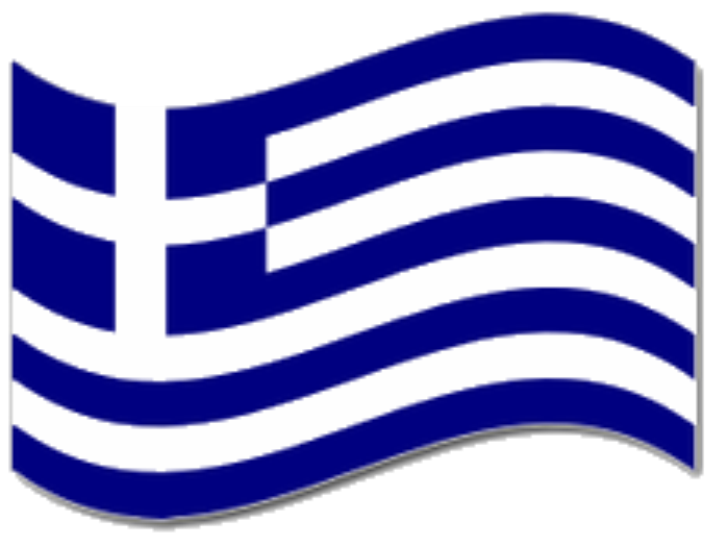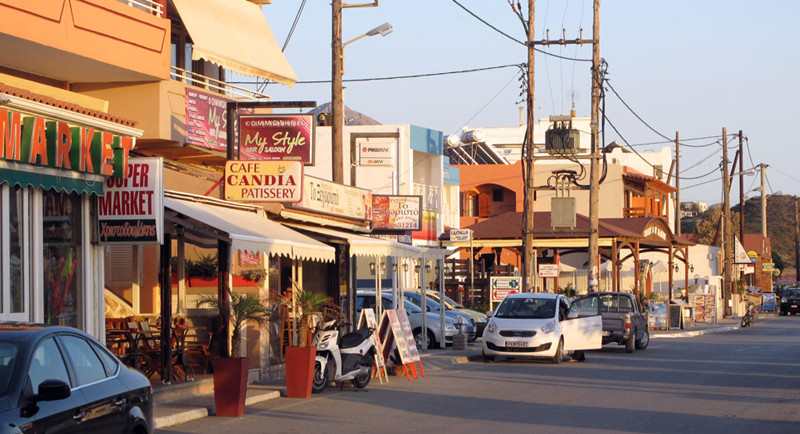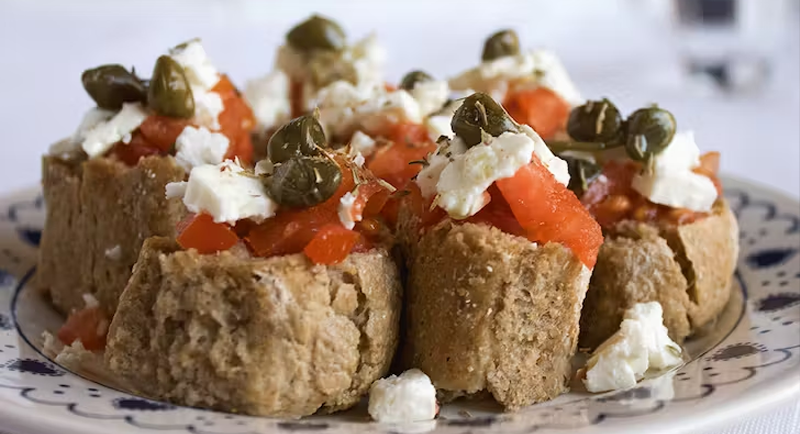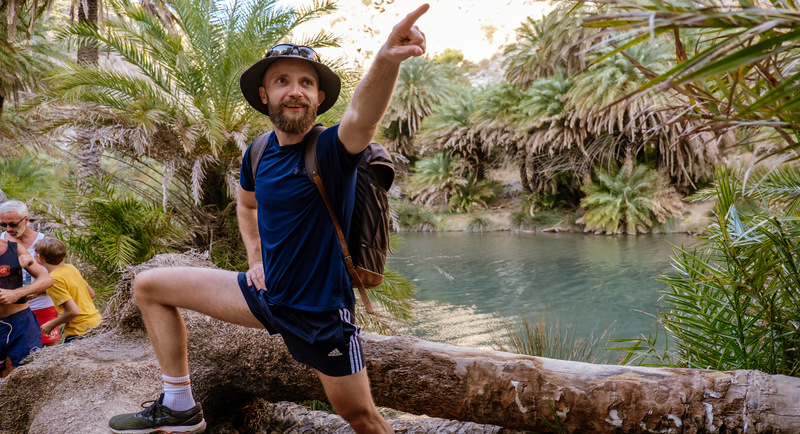We have explored the largest Greek island and found a real insider tip for you. Far away from mass tourism, on the beach of Plakias, surrounded by mountains, we enjoy the unique tranquility and traditional lifestyle of this pearl of the Mediterranean. Fly alone or with friends to our unspoiled beach volleyball camp and experience a week full of unique experiences and fun in a great community.
Plakias on Crete

Some say it is Crete's best-kept secret. As recently as 1961, Plakias was mentioned as the home of just six fishing families, and even today, this secret tip in the south of Crete has a population of just 300. Impressive mountain ranges surround the main beach of Plakias. This is a place to relax and enjoy nature.
Plakias in numbers
300 inhabitants
~23 °C
1.5 km beach
~24 °C
Shopping
Einkaufen ohne einen Sonnenstrahl zu verpassen
Shopping
Along the promenade, you can choose between tavernas, cafes, music bars, and shops. Many of these establishments have waterfront seating where you can linger for hours in the shade of the trees with a pleasant sea breeze. Souvenir hunters will also find what they are looking for in Plakias. In addition to the typical souvenir shops, shops also sell high-quality Greek natural products and lovingly made handicrafts.

The Food
The cuisine of this popular Mediterranean island is more diverse than souflaki and moussaka. Cretan recipes combine influences from Venetian, Turkish, and even Minoan cuisine. Culinary tradition is kept alive on Crete. When Cretans go out to eat, they are rarely alone or in pairs. Instead, the whole family gathers, often in large numbers. This communal meal is called "paréa," which means "good company."

Dákos
Dákos is a traditional Cretan dish that looks simple but tastes delicious. It is prepared by briefly soaking barley rusks under running water, then seasoning with freshly grated tomato, a pinch of salt, and pepper. Then a generous amount of Greek Mizithra cream cheese is added, followed by a pinch of oregano and a generous drizzle of Cretan olive oil.

Stamnagathi
The consumption of wild herbs and vegetables is characteristic of the Cretan diet. There are more than 100 species of edible wild herbs in Crete. One example is the chicory species stamnagathi, which originally grew only on steep mountain slopes and in remote mountainous areas. The flowers of this plant are armed with long spines. Stamnagathi has a slightly bitter taste. Due to its popularity, this wild vegetable is harvested so frequently that it may soon become an endangered plant. It is typically served as a starter salad.

Chaniotiko Bouréki
Chaniotiko Bouréki is a traditional Cretan dish from the Chania region of Crete. It is a type of casserole consisting of layers of zucchini, potatoes, and feta cheese. The ingredients are often flavored with fresh herbs such as mint and oregano. The dish is usually drizzled with olive oil and baked in the oven until the ingredients are tender and a golden-brown crust forms.
Excursions
Plakias is an excellent starting point for a variety of excursions. These range from relaxing walks in the surrounding area to exploring the area by rental car or public transport. Organized excursions are also available locally, including hikes through the impressive Samaria Gorge or an unforgettable trip to the breathtaking Balos Lagoon.


 DEUTSCH
DEUTSCH  ENGLISH
ENGLISH